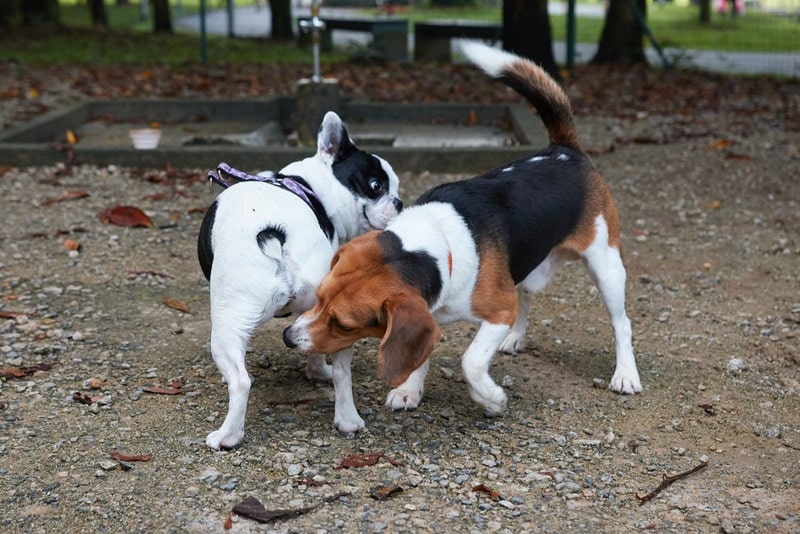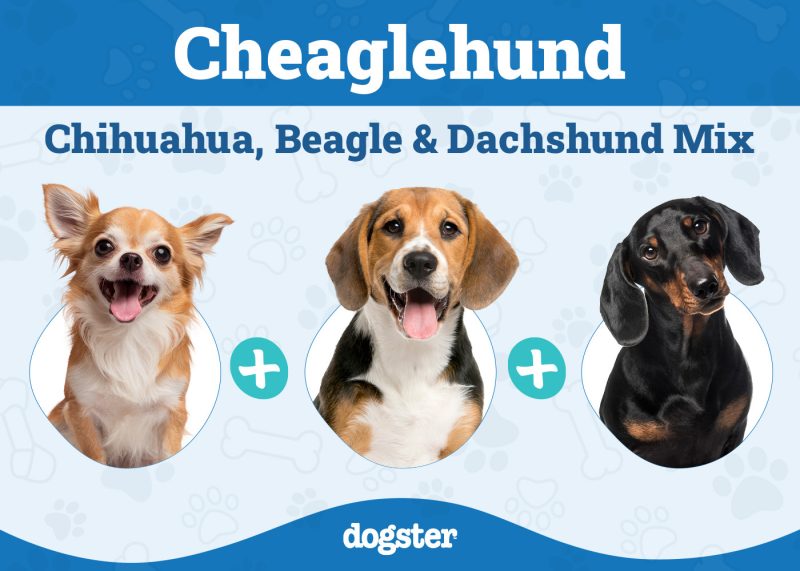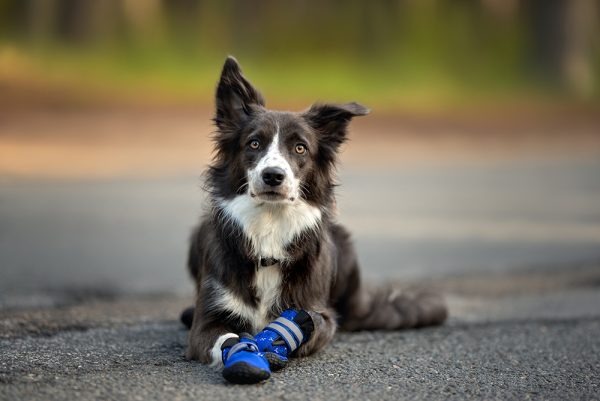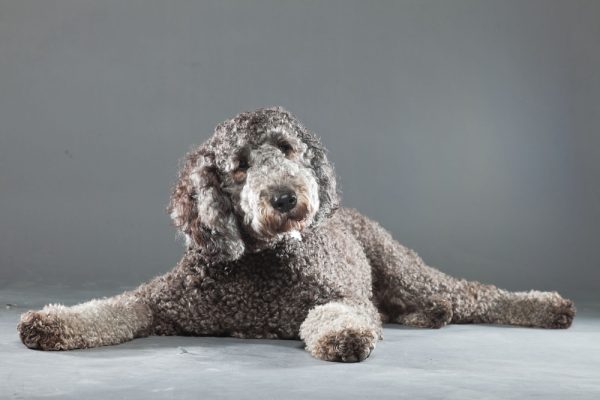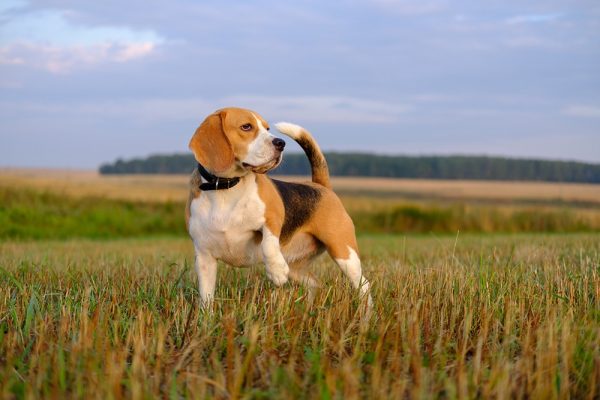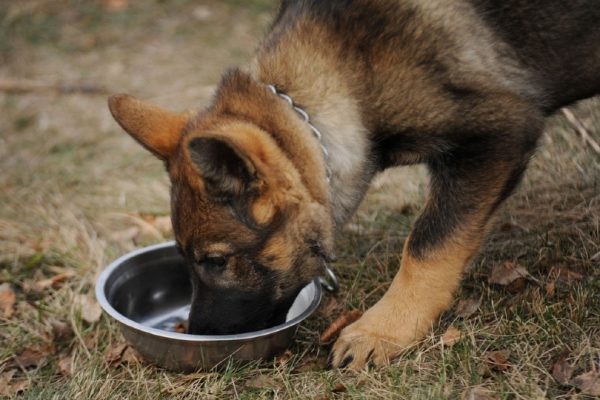Every pooch parent has, at some point, felt mildly embarrassed when their dog heads straight for another dog’s rear end while out on a stroll, but butt-sniffing is an important form of communication for dogs. In brief, dogs smell other dogs’ butts to gain information about them and decide whether or not they’re a potential friend or playmate.
But how does this work? Why do dogs go for the butt instead of other parts of the anatomy? What can dogs learn from sniffing one another’s butts? This guide tells all.

The Biology Behind Butt-Sniffing
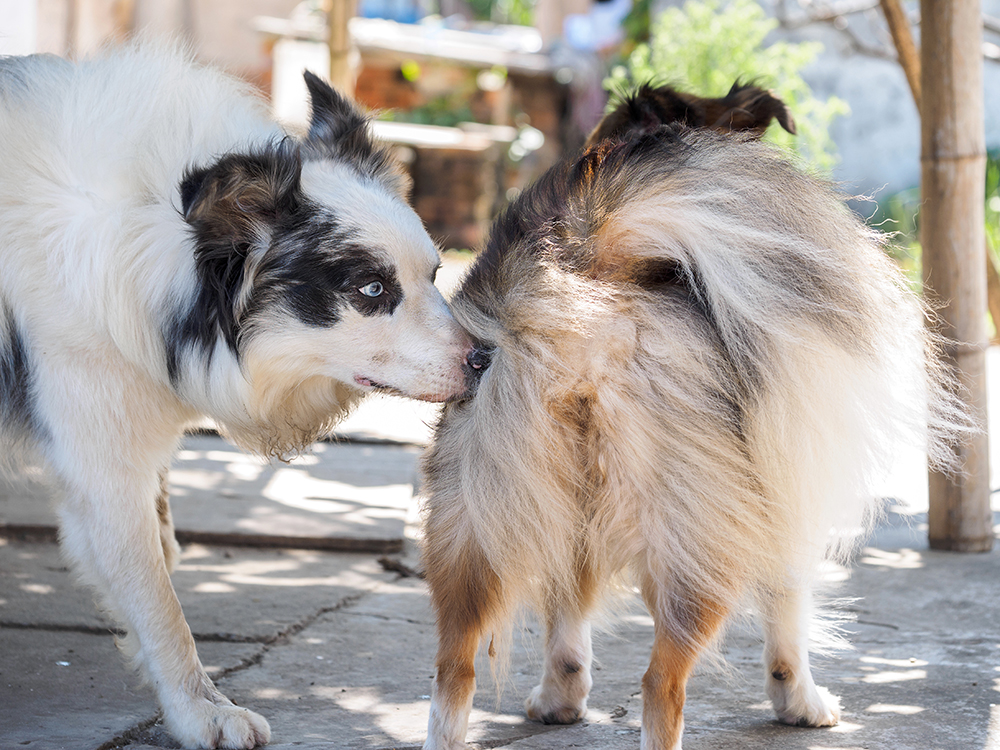
A dog’s sense of smell is remarkable. While humans only have six million scent receptors in their noses, dogs have around 100 million of them.1 To put this into perspective, scientists have estimated that a dog’s sense of smell can be anywhere between 1,000 and 100,000 times more powerful than ours.
In addition, dogs have an extra organ that we lack—the Jacobson’s organ (vomeronasal organ). Canine anatomy images show the Jacobson’s organ just behind the top incisors toward the front of the mouth roof. This organ is connected to the brain by nerves, and these nerves can detect smells that we humans wouldn’t be able to smell at all.
The Jacobson’s organ picks up on pheromones, which is important for mating as they tell a dog whether or not another dog is a potential mating partner. It also helps puppies find their mother, helps dogs feel calm because pheromones give a sense of familiarity, and is useful for helping them gain information about other dogs by sniffing their rear ends.
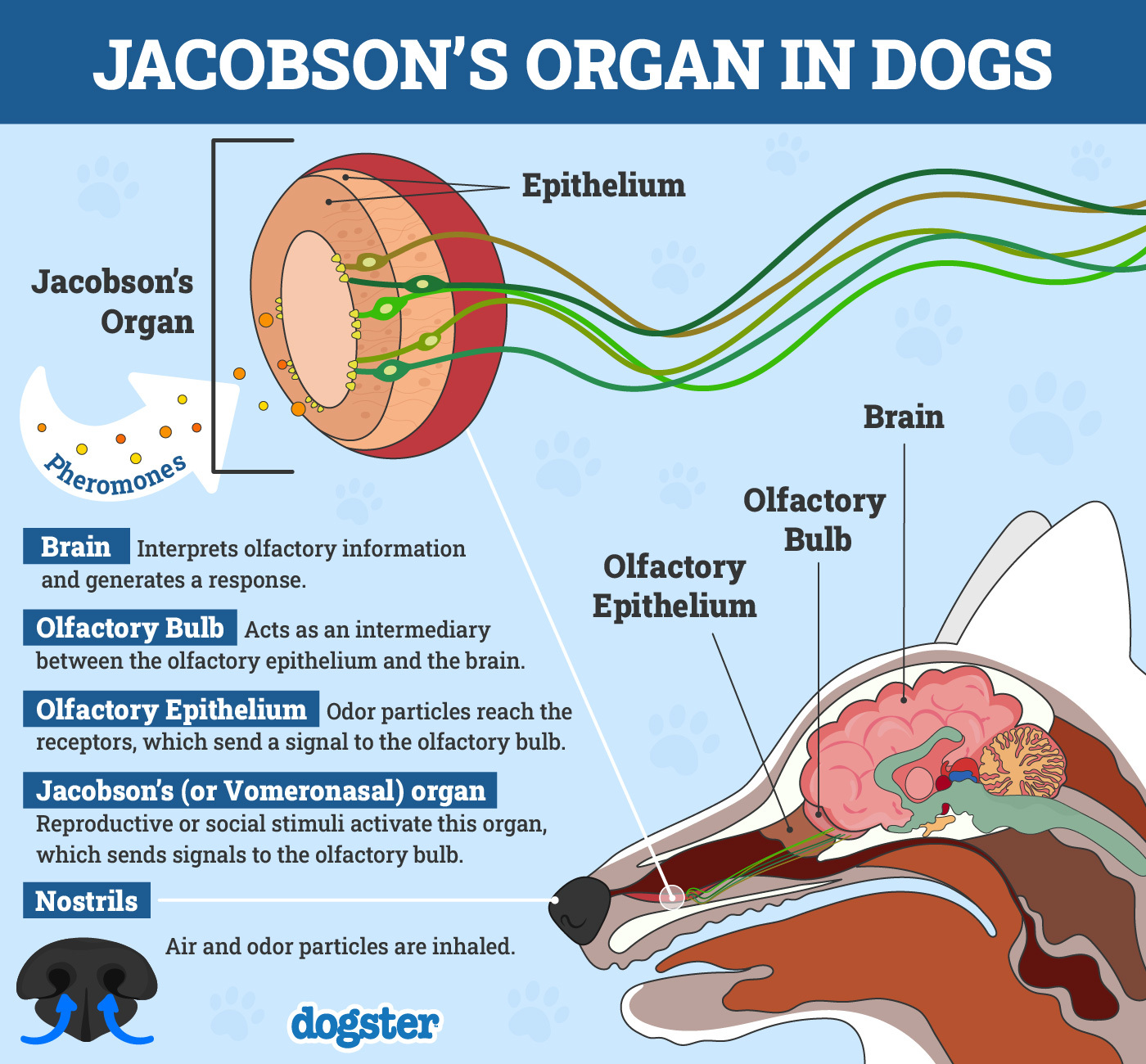
Why Do Dogs Sniff Butts Instead of Other Areas?
A dog’s butt plays a crucial role in canine communication. Dogs have glands in the anus that release pheromones, and these pheromones contain information about a dog’s diet, health, whether they’re male or female, where they’ve been, and how they’re feeling.
All this information helps dogs get to know one another and identify dogs they’ve already met, which is why butt-sniffing is a form of greeting among canines. It’s important to let your dog sniff another dog in a pair (not in a group as this can cause overstimulation) unless any aggressive behavior occurs or one of the dogs seems stressed by the greeting.
Butt-sniffing is also a way to determine which dog is dominant and which is submissive. The dominant dog sniffs first, and the submissive dog sniffs second. Dominant dogs also have control over when the sniff-sesh is finished, and they may mark this with a growl. Sometimes, shyer dogs do not want to share much information about themselves, so they’ll sit down to prevent the other dog from getting a bigger whiff.
Finally, butt sniffing, to a dog, is a more polite form of greeting than getting up in another dog’s face. In the canine world, this kind of greeting is perceived as a threat.
Can Dogs Identify Humans from Scent?
Yes, according to researchers in one paper, dogs can identify specific people by their scent even if there are a bunch of other people around and different odors mixed into the equation. This is why dogs are sometimes used by police for crime scene work and identification purposes. They’re also sometimes used in search and rescue missions for the same reason.
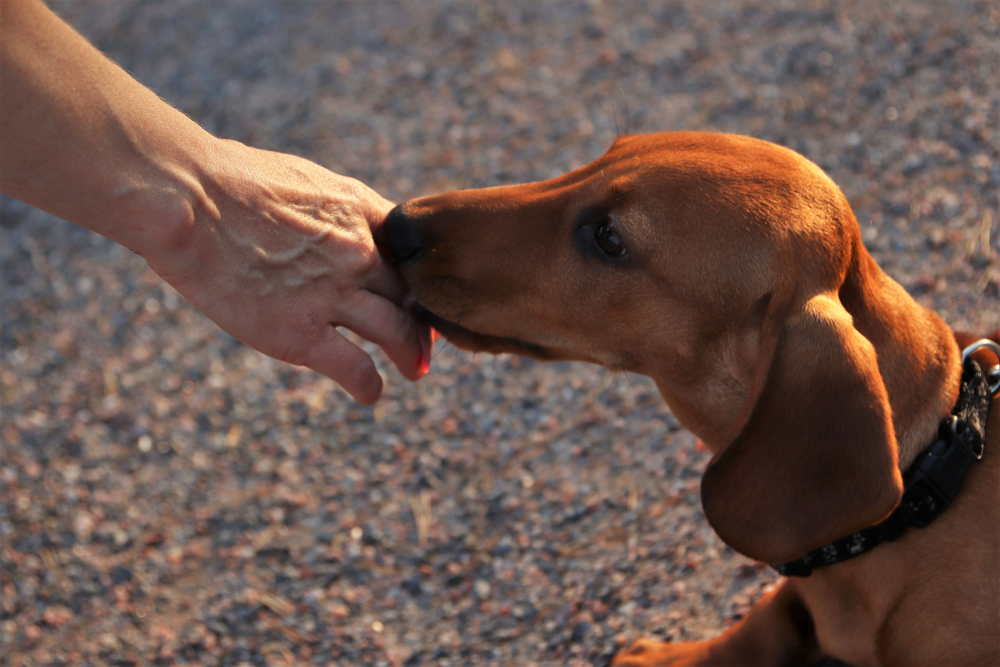

Final Thoughts
In addition to identifying other dogs and forming important social bonds with a quick butt sniff, a dog’s nose can help solve crimes, assist in rescue missions, and even help a dog detect how their human companions are feeling.
When you factor in all the things a dog can do with their nose, it is clear that the canine olfactory system is truly a complex and powerful part of a dog’s anatomy.
Featured Image Credit: Spiky and I, Shutterstock
